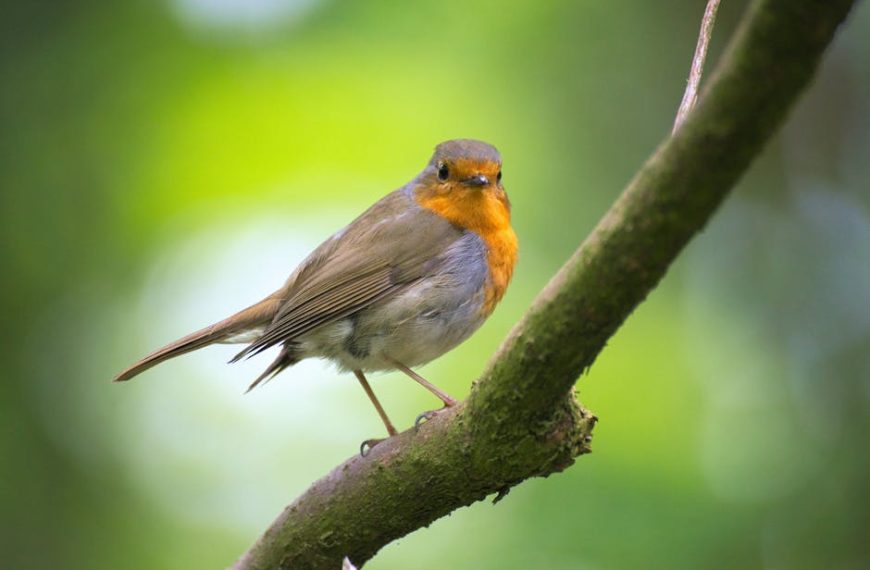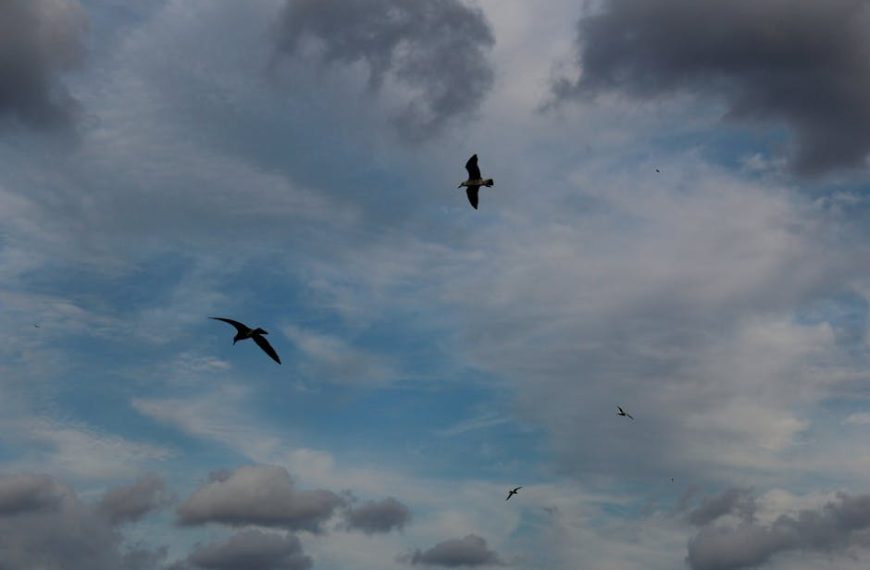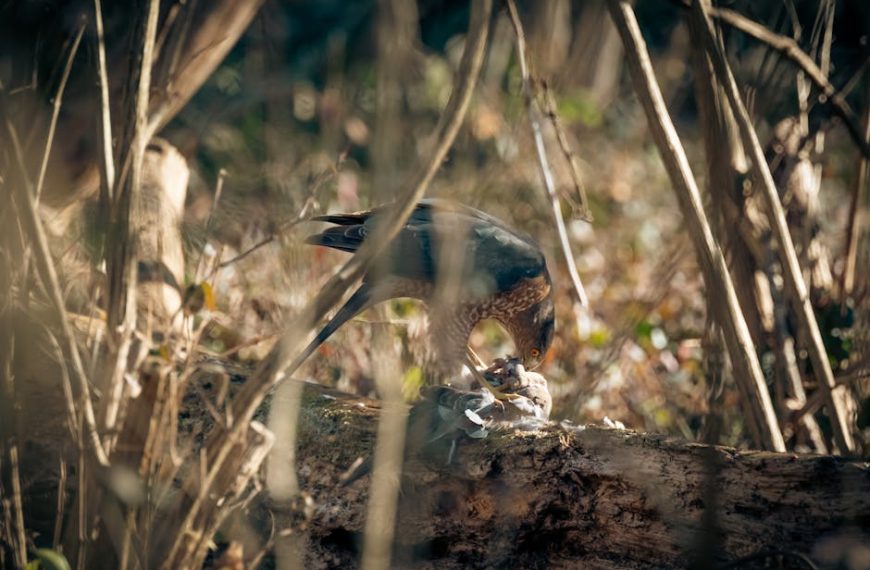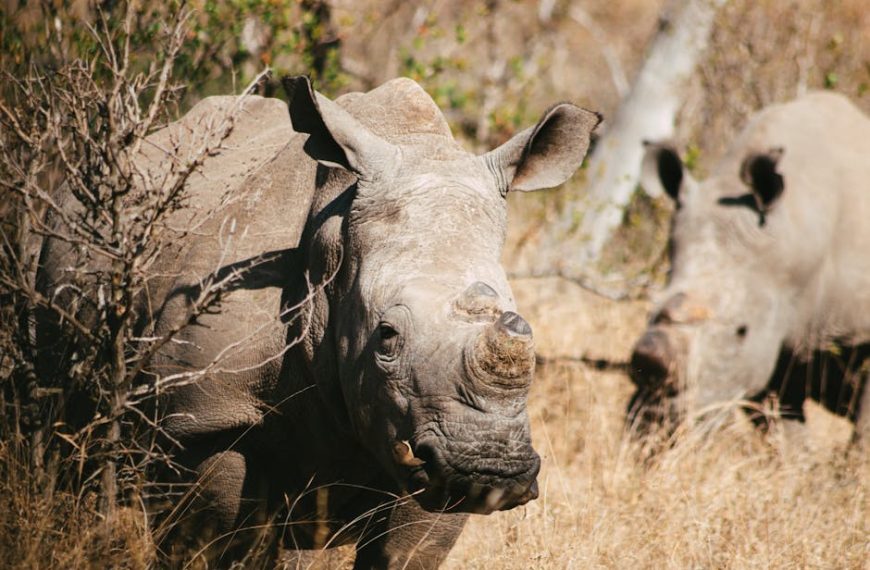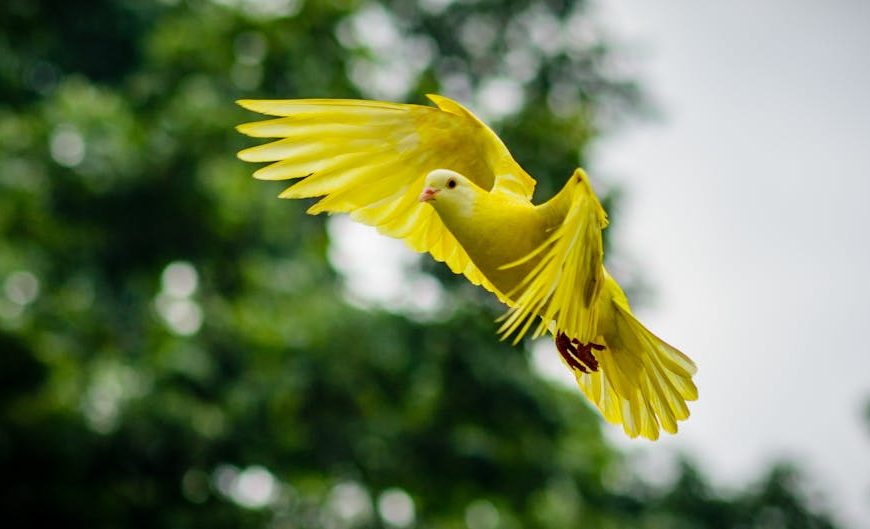Many bird species migrate to warmer climates during the winter months, yet a surprising number tough it out in the colder regions. They’ve developed various unique adaptations that allow them to survive and even thrive under such conditions. It’s a secret world happening right in our backyards, and birdwatchers of all levels can marvel at the variety and resilience of these winter birds – if they know what to look for.
Birds Adaptation to Winters
Birds have devised a host of special adaptations that help them deal with the harsh winter elements. Feathers serve as excellent insulating layers, trapping warm air close to the body. Birds also have a higher metabolic rate compared to animals of similar size, which helps them to generate heat. Some birds switch their diet to high-fat foods, providing them additional energy for heat production. Birds also plan their daily routines around the sun’s warmth, usually feeding during the warmest parts of the day.
- They fluff up their feathers to trap warm air close their body, creating an insulating layer against the cold.
- Birds can also control their body temperature by constricting blood flow to their feet and legs, thereby minimizing heat loss.
- Many birds will tuck their bills into their shoulder feathers to reduce heat loss through their respiratory system.
**Pro Tip:** Pay attention to a bird’s behaviour and feeding patterns. These adaptations may be subtle, but they can often be observed, especially during a cold morning or evening.
Common North-Staying Winter Birds
While many birds take up residence in the north for winter, certain species are more common sightings. These include species like the Black-capped Chickadee and the Snowy Owl. These birds are known for their resourcefulness and adaptability, making them popular among birdwatchers and enthusiasts.
- Take note of bird calls and songs. The Black-capped Chickadee, for instance, has a distinctive song that is often a dead giveaway even when the bird can’t be spotted.
- Learn to identify bird tracks in the snow. This can be especially valuable for spotting birds that spend more time on the ground, like the Dark-eyed Junco.
| Bird Species | Pros of being a Winter Bird | Cons of being a Winter Bird |
|---|---|---|
| Black-capped Chickadee | Adaptable to varying food sources; Able to lower body temperature to reduce energy use | Risks from unpredictable winter weather; Increased vulnerability to predators |
| Snowy Owl | Abundant winter food sources; Superior camouflage for hunting | Dependent on lemming population for food; Territorial disputes due to high nest site requirements |
| Dark-eyed Junco | Flexible in habitat choice; Wide range distribution | High energy needs due to small size; Risks of predation |
Unusual North-Staying Winter Birds
Apart from their common counterparts, some unusual birds also take on the winter chill in the North. Some of these oddballs include the Grey Jay, also known as Canada jay, renowned for its audacious nature; and the Northern Shrike, recognized by their unique hunting tactics. These avian outliers each have unique qualities that make them fascinating subjects for avid birdwatchers.
Checklist to identify these unusual winter birds:
- Grey Jay: They are small and mostly grey. They have a long tail and a short black beak.
- Northern Shrike: These are known for their grey body and black-masked face.
**Pro Tip:** Keep an eye out for unusual behaviors such as caching food or ‘impaling’ prey. Witnessing these lesser-known species can add excitement to any winter birdwatching outing.
The Survival Tactics of Winter Birds
Winter birds use various strategies to survive the cold months. Besides physical adaptations, they employ behavioral tactics like huddling together, seeking shelter in dense foliage or tree cavities, and more:
- Many birds opt to flock together to maintain body warmth during freezing cold conditions.
- Certain birds like owls use a strategy of storing surplus food during times of plenty to see them through the winter shortage.
- Other birds cunningly alter their foraging times to coincide with relatively warmer temperatures during the day.
**Best practices:** Avoid creating unnecessary noise that may some birds out of hiding or leave bird feeding equipment undisturbed. Remember to respect bird habitats and keep a safe distance when observing them to avoid causing them any stress.
Impact of Climate Change on Winter Birds
Climate change is having a profound impact on the lives and habitats of winter birds. Changing weather patterns, shifting plant biology and interruptions in the insects´ lifecycle that many birds depend on for food, present significant challenges.
**Pro Tip:** We can help by reducing our carbon footprints, supporting initiatives that fight climate change, and creating bird-friendly habitats in our own backyards.
| Present Scenario | Impact of Continued Climate Change |
|---|---|
| Milder winters may simplify survival for some winter birds | Disruption of traditional migratory patterns and mistiming of food availability could affect survival rates |
| Increased parasite prevalence due to warmer temperatures | Greater parasite loads may lead to decreased bird health and species decline |
| Unpredictable winter weather | Erratic weather could create difficult survival conditions for winter birds |
Importance of Winter Birds Ecosystem
Winter birds play essential roles in our ecosystems. They control pests, pollinate plants, and scatter seeds. Without them, our local environments would be vastly different.
- They control the population of pests by consuming a large number of insects, some of which are harmful to crops and plants.
- Many species also help in pollination, inadvertently carrying pollen from one plant to another during their feeding routines.
- They assist in forest regeneration through their droppings, effectively dispersing seeds in far-flung areas.
**Best Practices:** Provide food, water, and shelter for birds in your backyard. Advocate for policies that protect birds and their habitats, and volunteer for local bird counting or monitoring activities to aid in conservation efforts.
Key Takeaway:
- Many bird species have developed surprise adaptations to stay and even prosper in the colder Northern regions during winter.
- North-staying birds can be split into two categories: common winter birds like the Black-Capped Chickadee, Snowy Owl, and Dark-eyed Junco,
and unusual winter birds such as the Grey Jay and Northern Shrike.
- The survival of these birds involves a variety of clever tactics, which are observable, and depends crucially on respecting their habitats
and leaving bird feeding equipment undisturbed.
- Climate change is significantly influencing the habitats and activities of these winter birds, requiring human intervention to reduce carbon footprints.
- These birds play key roles in our ecosystems, controlling pests, pollinating plants, and scattering seeds.
Birdwatching can be a fascinating adventure, especially during the winter season. By understanding the wonderful adaptations and challenges of these winter birds, we deepen our respect for nature’s resilience and also our responsibility towards it. Remember, the survival of these remarkable species is linked intrinsically to our actions – so let’s observe, appreciate, and protect them.
FAQs
Q: What are some signs that a bird is struggling to survive the winter?
A: Some signs may include unusual lethargy, visible weight loss, or difficulties in flying. If you observe a bird showing signs of distress, contact a local animal rescue or wildlife organization.
Q: Can regular bird feeding disrupt their natural feeding patterns?
A: Bird feeding can supplement natural food sources, especially during winters. However, avoid over-dependence by providing only appropriate quantities and types of food.
Q: How can I create a bird-friendly backyard for wintering birds?
A: Provide natural food sources like berry bushes, maintain a source of liquid water, and have safe shelter spaces like birdhouses or dense shrubs.
Q: Is it harmful if birds get used to human presence?
A: Gradual human interaction may not harm birds, but remember they are wild creatures. Avoid causing stress or direct contact, keeping a safe distance at all times.
Q: How can I contribute to the conservation of winter birds?
A: You can contribute by bird-friendly practices in your backyard, supporting bird-conservation organizations or participating in local bird counting or monitoring activities.
Remember to share this article to spread awareness about these surprising birds that bear the northern winter. For more intriguing information, explore other posts on our site.

